How do you know if your skin barrier is damaged?
I didn’t expect to need skin barrier repair after giving birth, but a few months into postpartum, that’s exactly where I found myself.
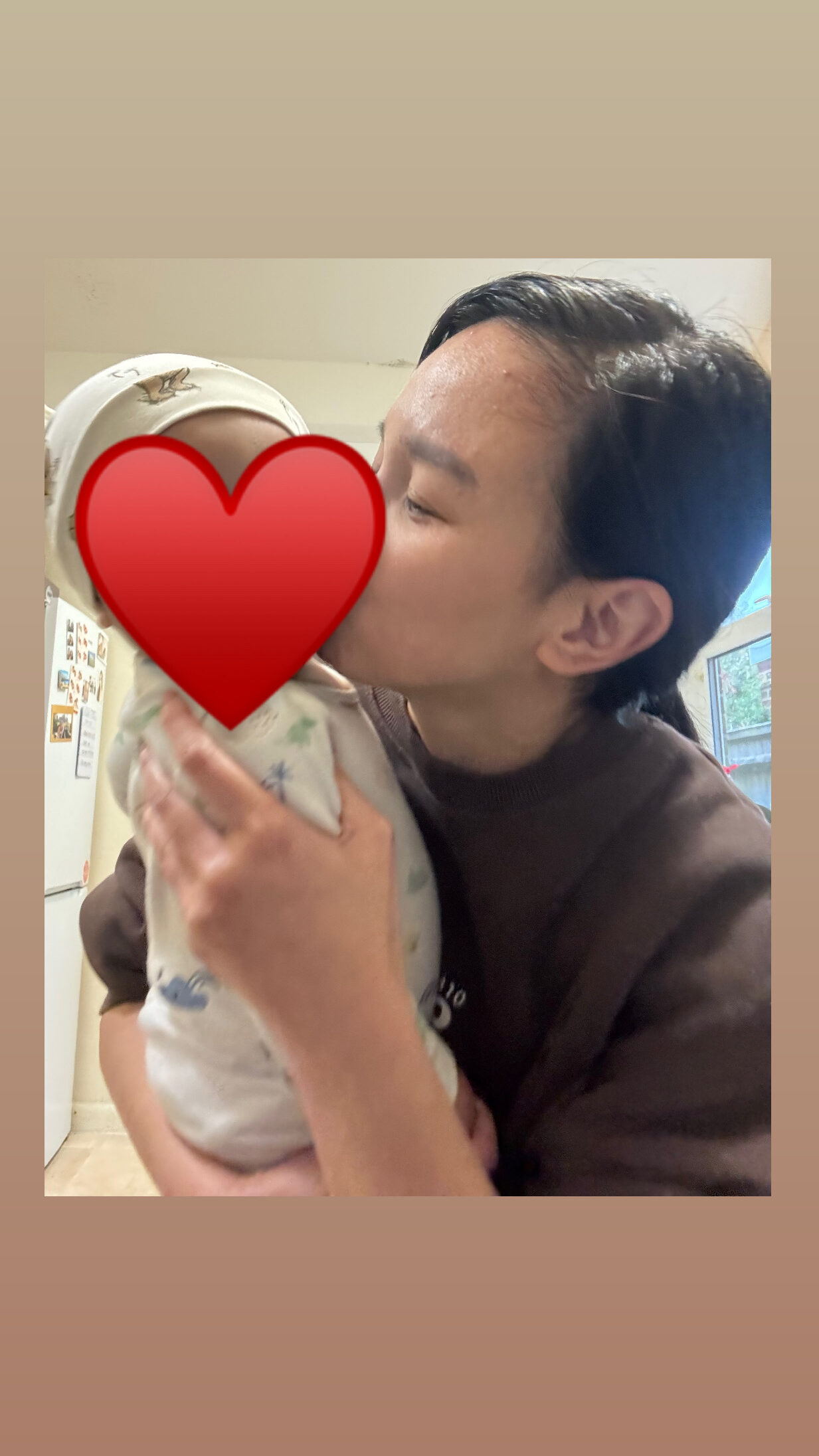
I started noticing my skin becoming dry, flaky, textured late last year (November 2024 in the photo), and then eventually it’s become sensitive to almost everything I used. I got so sad because even my trusted moisturiser stung.
That’s when I realised I had to pause, reset, and figure out how to fix my skin barrier, because nothing was working the way it used to.
Like many new mums, I’d been putting all my energy into caring for my baby and getting rest when I could. Skincare slipped to the bottom of my list.
I don’t regret that, to be honest, but I did start to notice how it impacted my skin and confidence. By the time I tried to wear makeup again, it caked so badly I almost gave up.
I’ll admit, I still feel a bit shy sharing my photos. That part hasn’t changed. But I’m sharing this story because I know how isolating skin struggles can feel, especially as a new mum. And if this helps even one person feel less alone in what they’re going through, then it’s worth it.
And so, this is the story of how I repaired my skin barrier—twice—and what actually helped (and what didn’t).
Disclaimer: This post is based on my personal experience with postpartum skin and barrier repair. Everyone’s skin is different, and what worked for me might not work the same way for you. If you’re dealing with ongoing skin concerns or unsure about introducing new products, it’s always a good idea to speak to a dermatologist or skincare professional.
The First Time I Repaired My Skin Barrier
I started easing back into skincare around December 2024. At first, I thought I just needed to rehydrate, my skin felt thirsty, a little tight, and looked a bit dull, but I thought it was just part of postpartum life and skipped routines catching up to me.
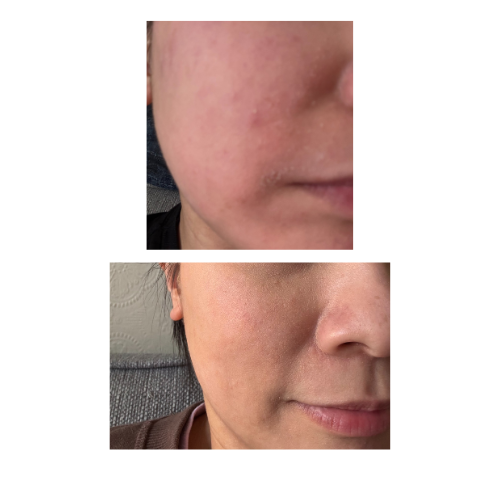
It wasn’t until January this year that I realised it wasn’t just a stubborn dryness. My skin had become sensitive and reactive. Even simple moisturisers started to sting. That’s when it finally clicked: my skin barrier was compromised.
That moment was a turning point for me. I stopped trying to get back to my old routine and started researching how to repair my skin barrier. I read everything I could about barrier health and slowly rebuilt a routine focused entirely on hydration.
Here’s what I used during those first few weeks:
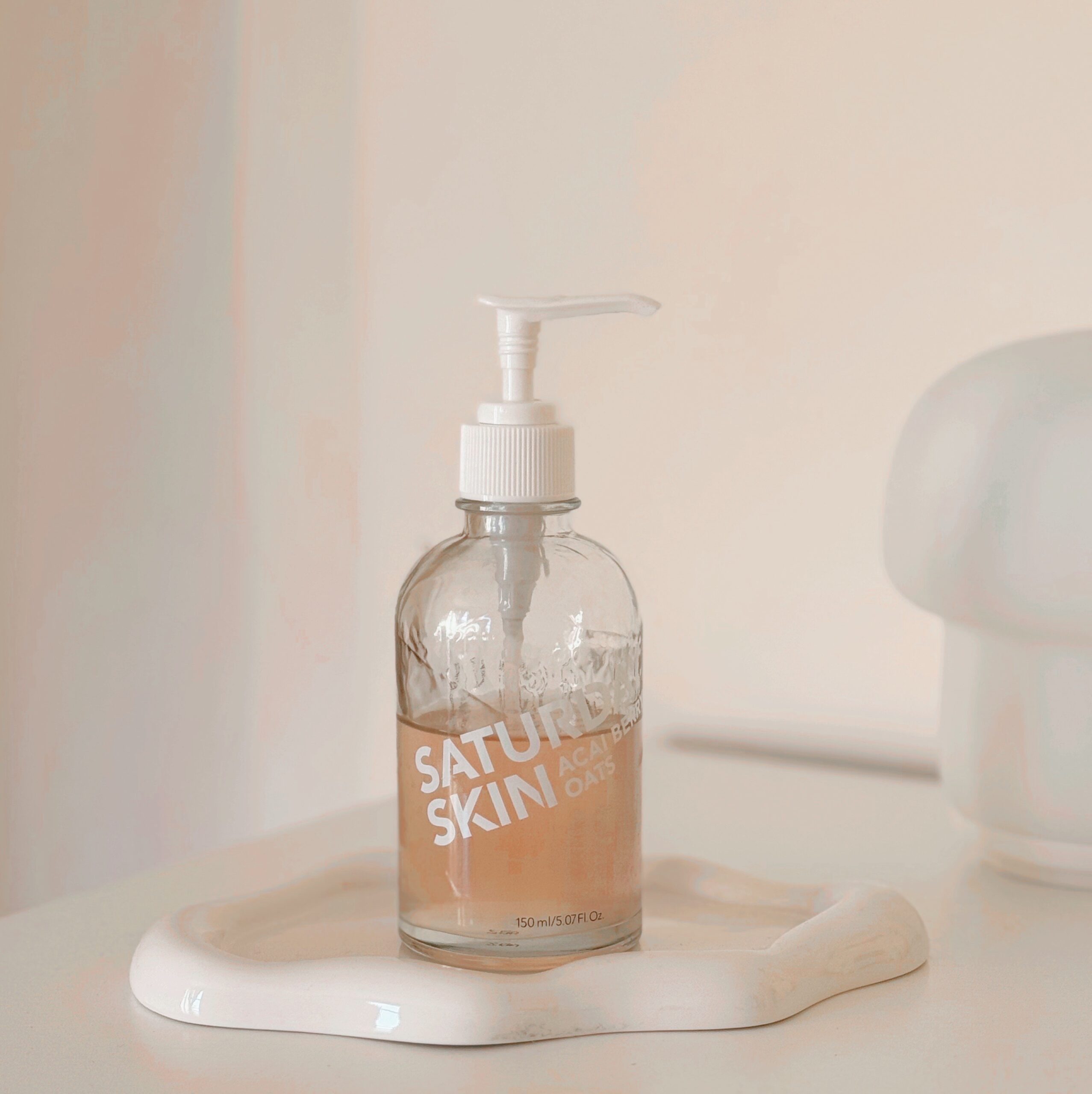
Cleanser
I picked up Saturday Skin Açai Berry + Oats Antioxidant Gel Cleanser hoping it would support my skin, and it honestly exceeded my expectations! It never stripped or irritated, just felt calming and steady.
With Centella Asiatica to soothe, a Grain Complex (rice, oats, mung bean) for dryness and dullness, and Açaí Berry packed with antioxidants like Vitamins A, C, and Ferulic Acid, it gave my skin exactly what it needed: a gentle, nourishing reset during barrier repair.
👉🏻 Checkout my post on Best Korean Cleansers for Sensitive Skin (Barrier-friendly)
Hydrating Toners
Hada Labo’s Gokujyun Hyaluronic Acid Lotion (Light) has been a staple even before my barrier issues. It’s always given my skin instant hydration, sinks in beautifully, and never overwhelms my skin.
I also gave the Pyunkang Yul Essence Toner a try around the same time, but sadly, it broke me out—definitely a disappointing one for my sensitive skin.
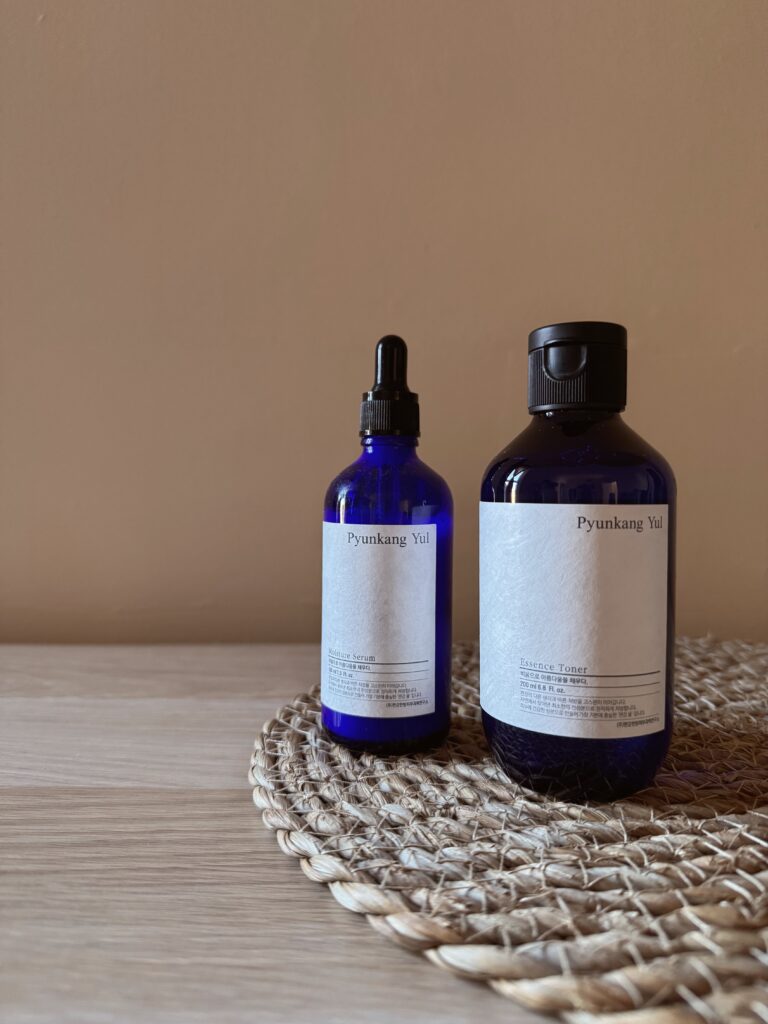
Serums
I rotated between The Ordinary Hyaluronic Acid, and The Ordinary Niacinamide. I kept them in—but to be honest, none of them made a huge difference during this stage. They were just okay. I also added Pyunkang Yul Deep Moisture Serum which decently helped in hydrating my skin, but the dropper was annoying to use, so there were days where I hesitated in using it, especially on days where I really have limited time for myself.
Essences
COSRX Advanced Snail 96 Mucin Power Essence was the one product my skin genuinely looked forward to. It calmed irritation, added hydration, and never triggered sensitivity. It’s been a holy grail for years, and I was so relieved it didn’t let me down when I needed it most.
Moisturiser
I first reached for the COSRX Advanced Snail 92 All-in-One Cream, but after a few uses, it started to sting, so I set it aside. I went back to my trusty Etude Soon Jung 2x Barrier Intensive Cream, and my skin drank it up. It felt soothing, hydrating, and safe—like my skin could finally breathe again.
🌷 Check out my post on Best Moisturisers for Dry, Sensitive Skin (Gentle & Barrier-friendly)
👉🏻 Read these full reviews: COSRX Advanced Snail 92 All-in-One Cream Review | Etude Soon Jung 2x Barrier Intensive Cream Review
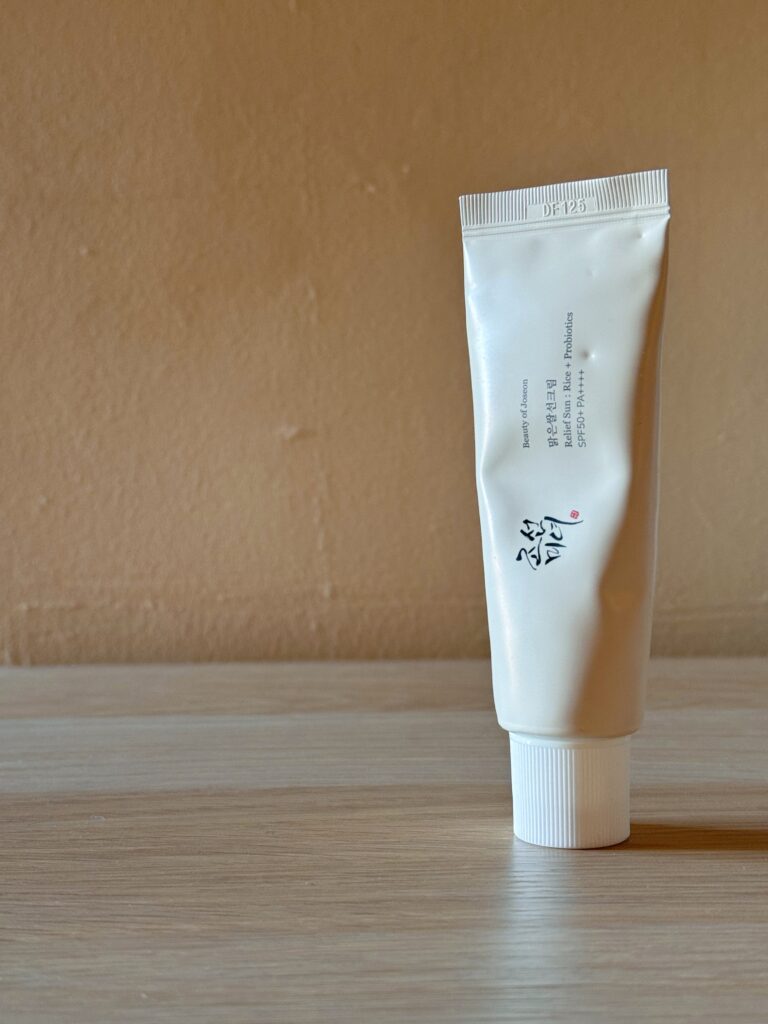
Sunscreen
Beauty of Joseon Relief Sun: Rice + Probiotics gave me a little sting when I first applied it, but it didn’t cause long-term irritation. So I kept using it, and I’m glad I did. It layered well, didn’t pill, and gave me the protection I needed without setting my skin off.
Read my full review of Beauty of Joseon Relief Sun: Rice + Probiotics here.
For about 2 weeks, I stuck to this minimal routine—no actives, just gentle hydrating layers.
And to my surprise, my skin started to bounce back. It felt less tight, looked more even, and the flakiness started to disappear. I thought I had it figured out.
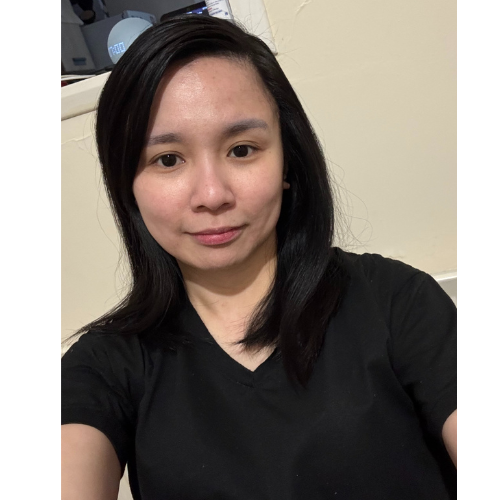
But as I’d soon learn, barrier repair isn’t always a straight line. Especially when you’re postpartum and just want to feel like yourself again.
Friendly Reminder: This routine is based on my personal experience. Your skin may respond differently, so always listen to what it needs, and consider checking with a professional if you’re unsure.
The Setback: I Pushed My Skin Too Soon
By mid-March, my skin had made some progress. It was calmer, less flaky, and I felt encouraged enough to reintroduce a few actives—mainly vitamin C and the occasional exfoliant.
I also tried the Beauty of Joseon Red Bean Refreshing Pore Mask, hoping it would help with some clogged areas and leftover dullness.
But boy, was I wrong.
I got too excited. Within days, my skin started reacting again—tightness, dry patches, visible redness, and a familiar sting that reminded me: my barrier wasn’t ready yet.
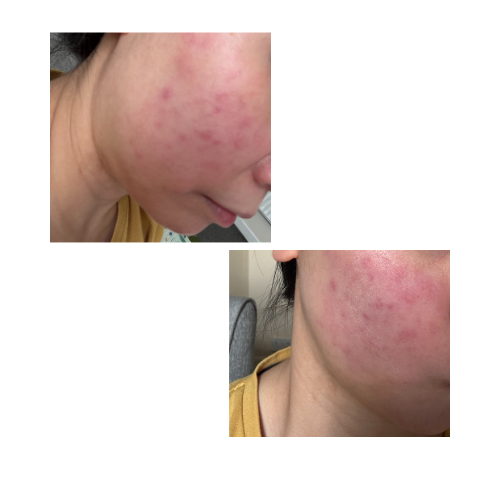
I didn’t realise just how fragile a freshly healed skin barrier could be. I assumed a few good weeks meant I was in the clear. But really, I was still in recovery mode, and layering on actives and a clay mask was more than my skin could handle.
It was a hard lesson that I had to learn. That was the moment I had to step back and reflect: how do I fix a damaged skin barrier all over again?
It was disheartening, honestly. I thought I’d already figured out how to heal my skin barrier (in two weeks, no less!), and there I was, starting over.
But this time, I took things even slower, with more intention and care.
The Second Time Around: Going Back To Basics
After another flare-up, I knew I couldn’t afford to repeat the same mistake. So in late March, I finally booked my first facial, and it turned out to be exactly what I needed.
My wonderful esthetician told me something simple but incredibly helpful: your skin is still in healing mode, stick to Centella, avoid actives for now, and just keep things minimal.
At that point, I had already stopped (for about 2 weeks) using exfoliants and actives to prep for my appointment.
But after the session, I decided to keep going (another week). No serums. No actives. Just a back-to-basics routine with a focus on comfort, moisture, and barrier support. I went almost product-free for nearly 4 weeks, and it worked. My skin calmed down completely!
Here’s what my minimalist healing routine looked like in late March:
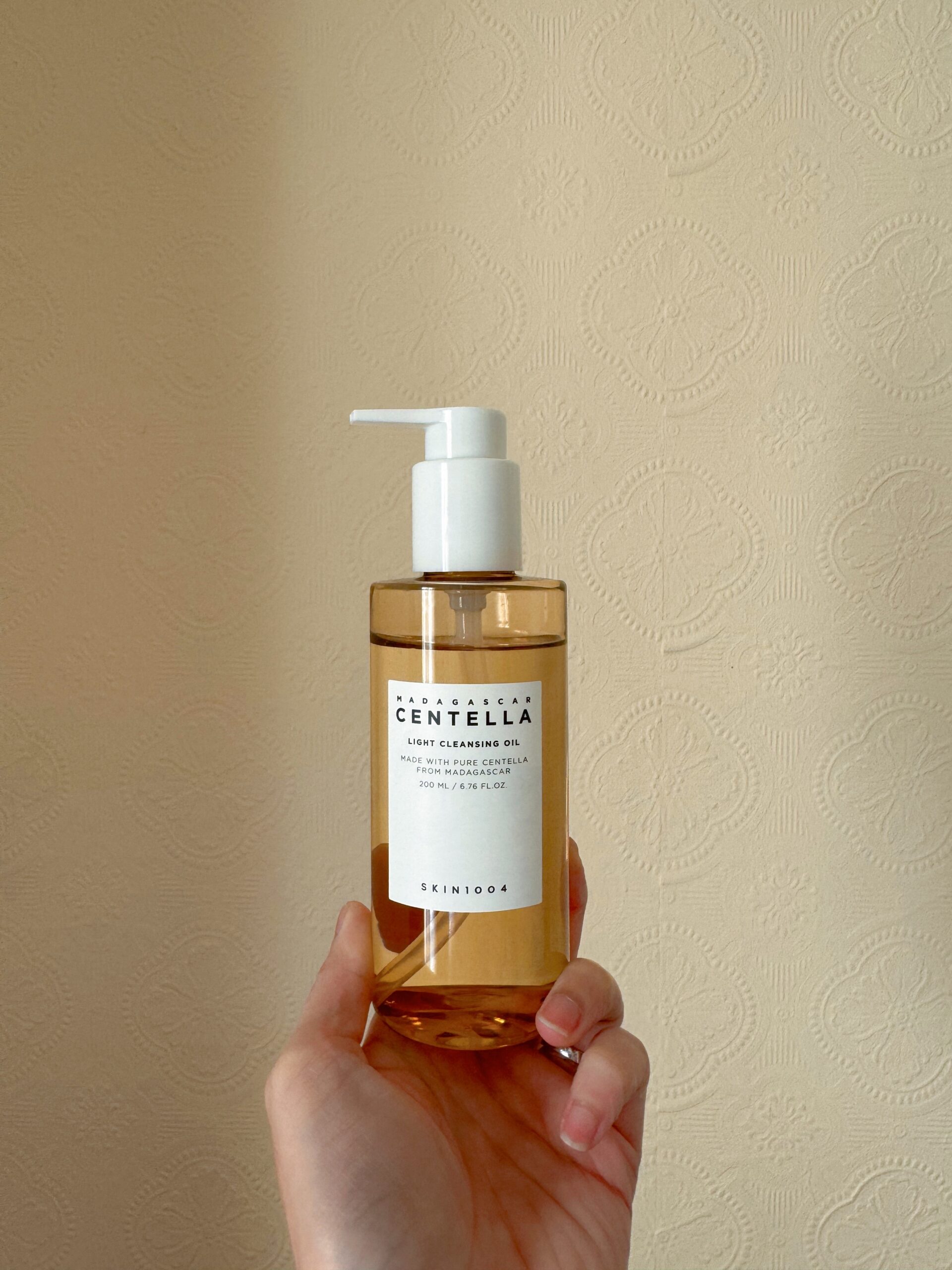
Cleanser
- Skin1004 Centella Light Cleansing Oil – I added this to gently remove SPF at the end of the day. It melted everything off without irritating my skin or leaving it dry.
Toner
- Hada Labo Gokujyun Hyaluronic Acid Hydrating Milk – This time, I traded the light version to milk verison, which is still lightweight, but felt more hydrating and nourishing.
Moisturiser
- Etude Soon Jung 2x Barrier Intensive Cream – still my most trusted moisturiser when my skin feels vulnerable.
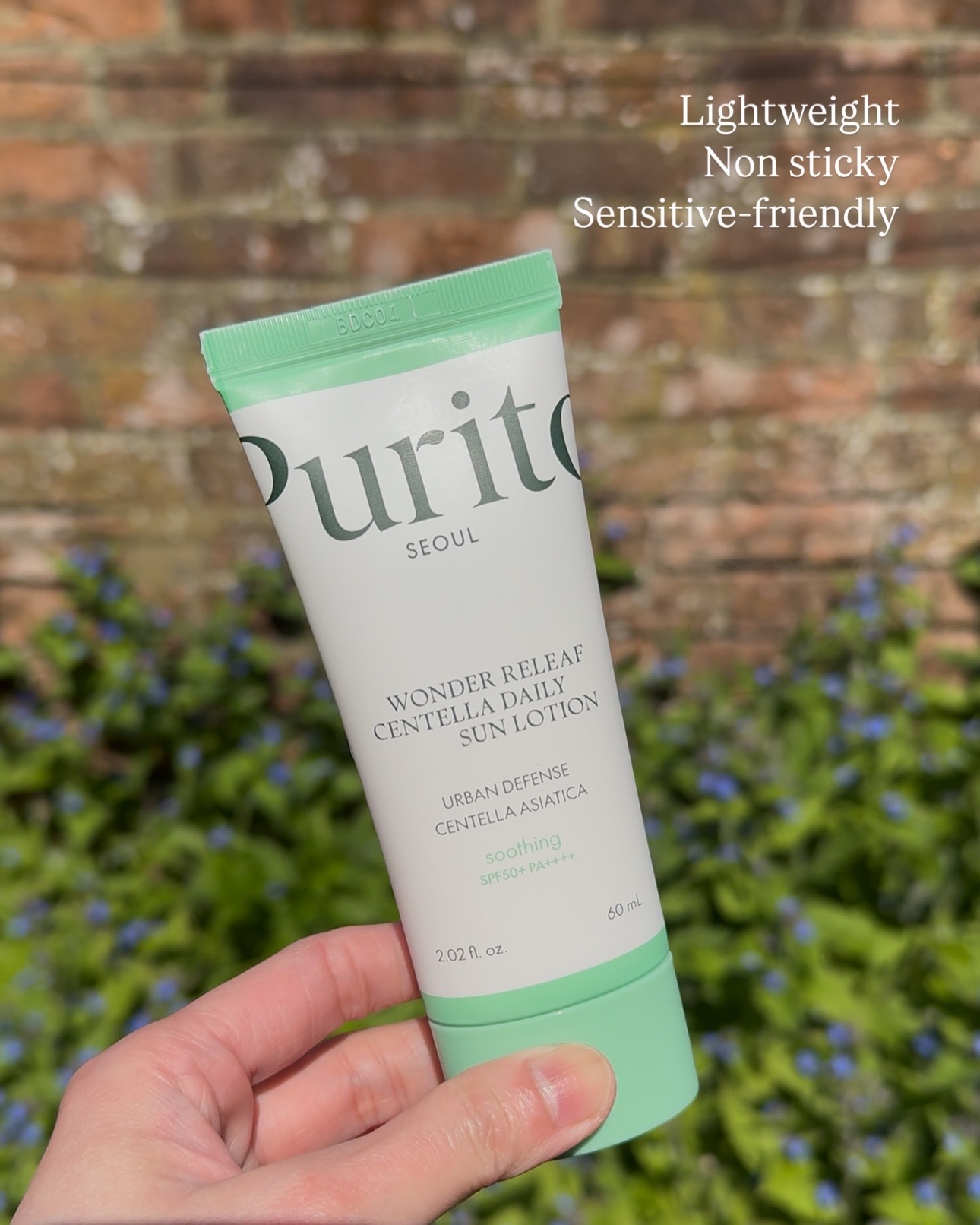
Sunscreen
- I was still using Beauty of Joseon Relief Sun, but it continued to sting a little too much for comfort. So by the end of March, I switched to Purito Wonder Releaf Centella Daily Sun Lotion, and that was a much better fit. It felt soothing, calming, and gave me the protection I needed without triggering my skin.
Occlusive
- At night, I used a thin layer of Vaseline on dry patches to lock everything in, and that, was an absolute game changer.
This time, I wasn’t chasing results or trying to get my glow back overnight. I was just listening to my skin instead of pushing it. And that made all the difference.
By mid-April, I felt confident enough to slowly bring back a few things—starting with gentle, hydrating serums and essences.
I introduced the I’m From Mugwort Essence, which gave my skin an extra soothing boost, and carefully added VT Cica Daily Soothing Mask for extra hydration.
I even began reintroducing vitamin C and light exfoliation, but only once a week at most. No layering. No rush. I gave my skin time to respond, and only added what felt right.
This slower, more intentional approach helped me rebuild trust with my skin, and it showed.
How My Skin Is Doing Now
The photo below was taken a few days ago, just before I go to work. This is what my skin looks like now—calm, hydrated, and glowy. Still sensitive, yes, but stronger, and more resilient.
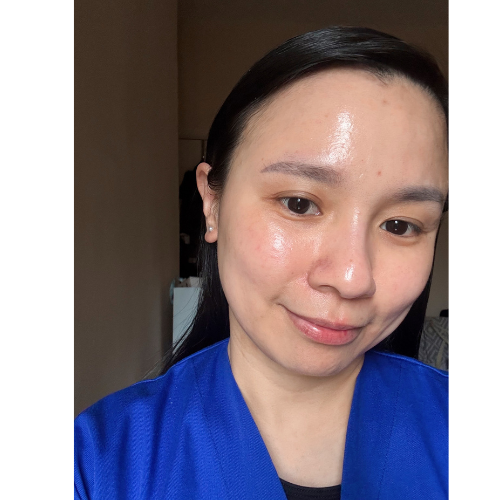
It’s taken time, consistency, and a lot of patience to get here.
If you’re wondering how long it takes to repair your skin barrier, my honest answer is: it depends. There’s no set timeline—not three days, not one week. It all comes down to your skin, how you treat it, and how well you listen to what it needs.
It took me around six to eight weeks of consistent, gentle care (and one hard reset) for my skin barrier to truly heal. And now I know: it’s not about how fast you fix it. It’s about how gently you treat it along the way.
And that’s probably the biggest lesson I’ve learned: skin barrier repair isn’t a race. There’s no need to rush through it or expect instant results. Trying to speed up the process only set me back.
What worked was slowing down, simplifying, and showing up for my skin gently and consistently.
Now, I’m more intentional with every product I use. I don’t jump on trends or layer in actives just because I feel like I should. I give my skin breathing room, and pay attention to how it responds.
I’ve also started looking after myself in other ways too like drinking more water, eating skin-loving foods, and easing up on my coffee habit (still working on that one). I try to get exercise in when I can, but I’ve let go of perfection there too.
Right now, my skin is feels and looks better than last year, not perfect but definitely cared for. And that makes all the difference.
What This Journey Taught Me
When I first started this journey, I honestly didn’t know if I’d ever feel good about my skin again. I stopped taking selfies. I avoided photos. But now? I feel more at ease in my skin, and more grateful for it.
This experience has taught me the power of patience, consistency, and really learning what my skin needs—not what’s trending, not what worked for someone else, but what makes my skin feel safe, calm, and supported.
There were moments I felt guilty for letting skincare fall to the side after giving birth. But looking back now, I don’t regret it. I chose to prioritise my baby, my rest, and my mental health, and that was the right decision. Skincare can wait. Life can’t.
Still, this skin barrier journey became more than just about skin. It helped me rebuild trust—not just in my skin, but my self-confidence.
I started paying closer attention. I stopped applying things blindly. I let my skin rest. I listened.
To be honest, I still get curious about new products, especially ones that could support my skin as I move through my mid-30s. Only this time, I take a gentler approach. My skin barrier comes first. And that change in mindset has been reassuring, because even if my skin has a setback, I know how to take care of it without overreacting.
If you’re going through something similar, I hope this reminds you that healing is possible—and you’re not alone. Feel free to share your own skin story in the comments or send me an email—I’d love to hear it!

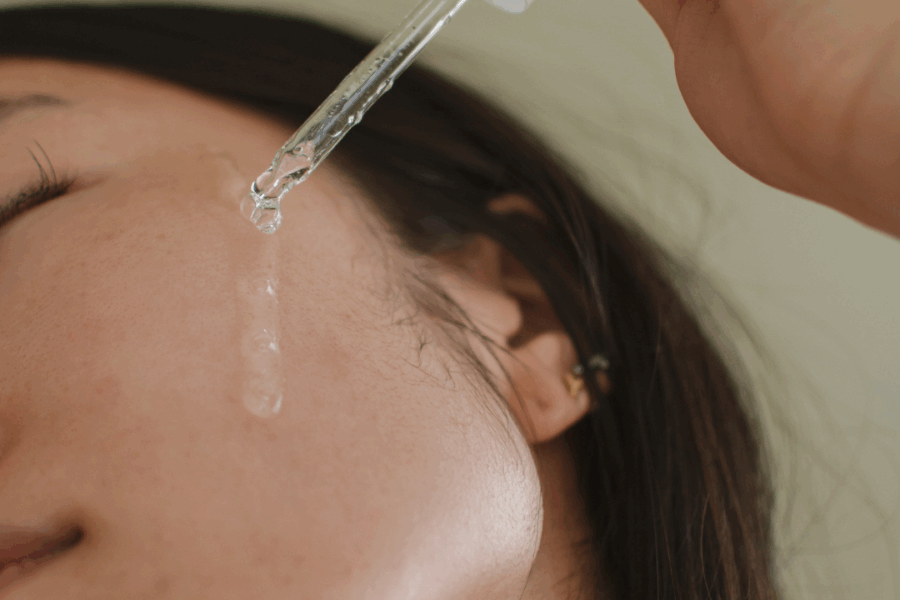
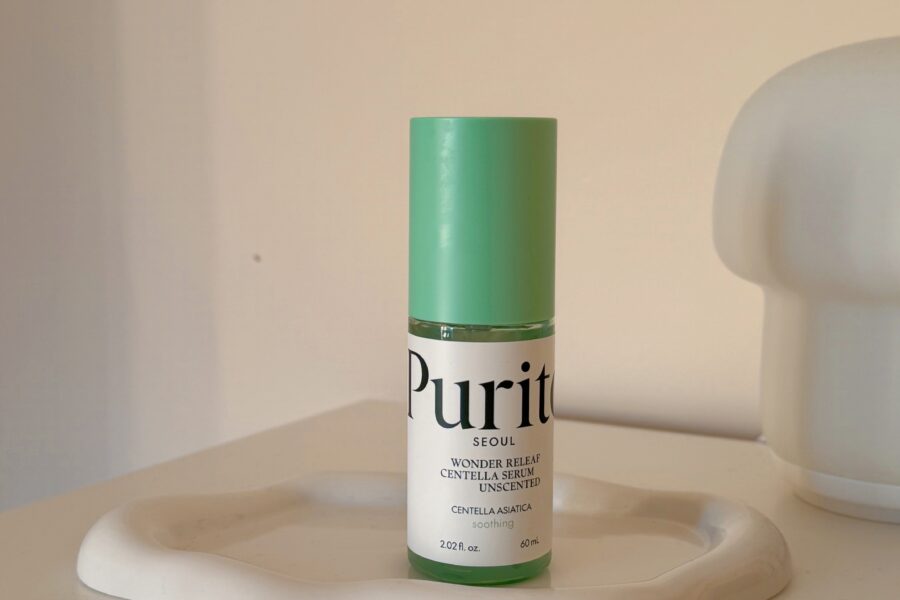


Leave a Reply